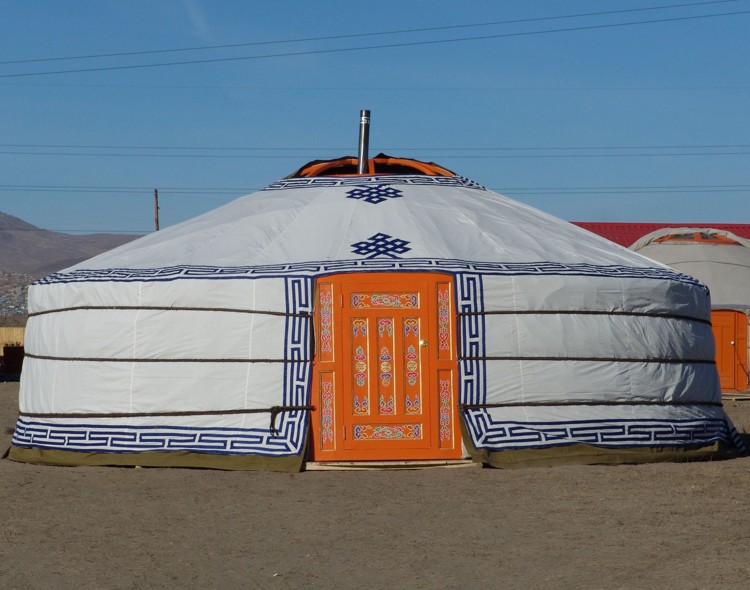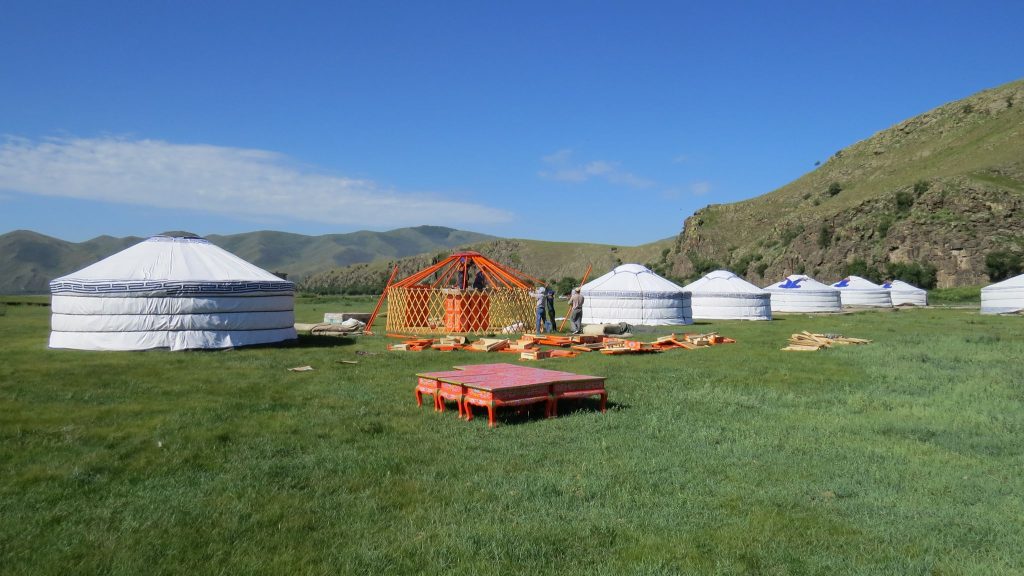Free shipping to frankfurt
Buy Mongolian Yurts
& Traditional Gers
From Mongolia
Why silk road yurts
“We offer the most authentic Mongolian Yurts for the best available prices online!!”
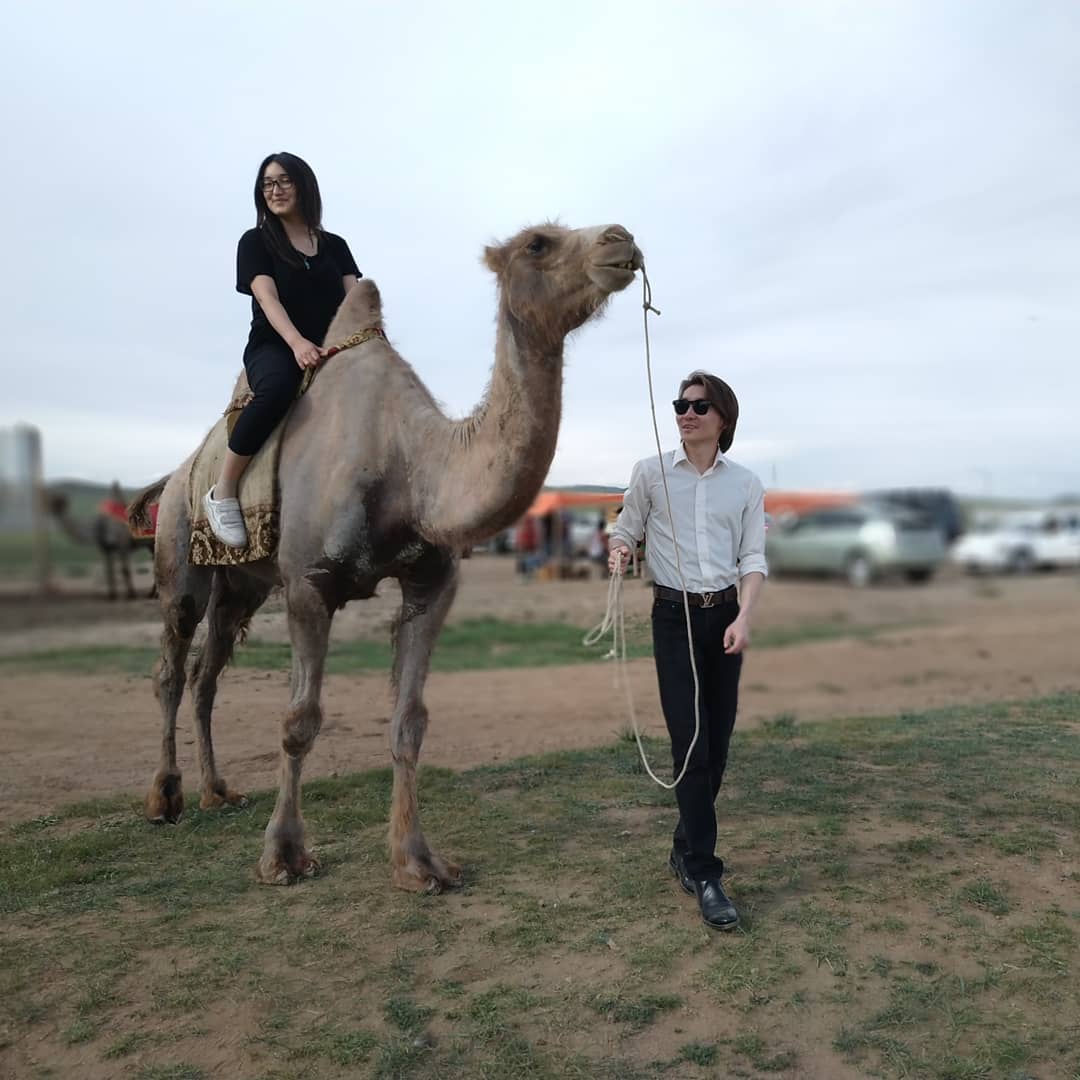
orgil.b
Founder, CEO of
Silk Road Yurts
No middlemen, get it straight from the source, the heart of Mongolia, made by craftsmen with a lifelong commitment to their craft.
You can pick up your Mongolian yurt(s) from our warehouse in Frankfurt, Germany. No additional taxes, paperwork & headaches.
All you need to do is come pick it up or have your local logistics company transport it to your specific state/country from our warehouse.
Available Sizes
Prices include shipping & handling to Frankfurt, customs tax, and paperwork.
You will also get an instruction manual video on how to set up your Ger.
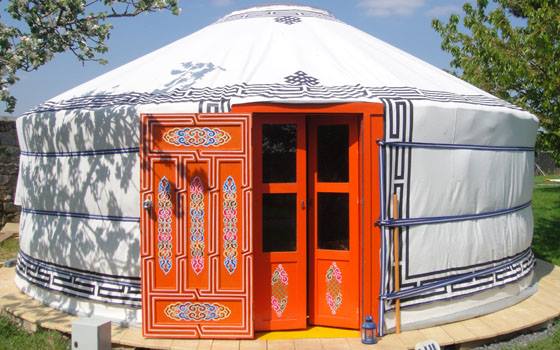
4-Wall: $7950 $4,850
4.9m / 16 ft Diameter

5-Wall: $9250 $6,350
5.8m / 19 ft Diameter
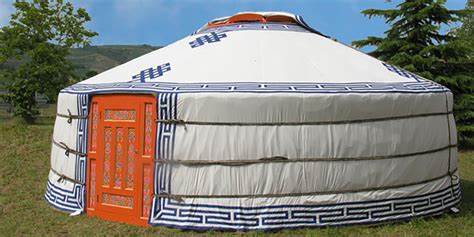
6-Wall: $10550 $7,550
6.7m / 22 ft Diameter
For custom inquiries, please contact us.
Yurt Materials & Structure
Our yurts / gers are crafted by Mongolian artisans with a lifetime of experience making traditional Mongolian yurts, from knowledge passed down through thousands of years.
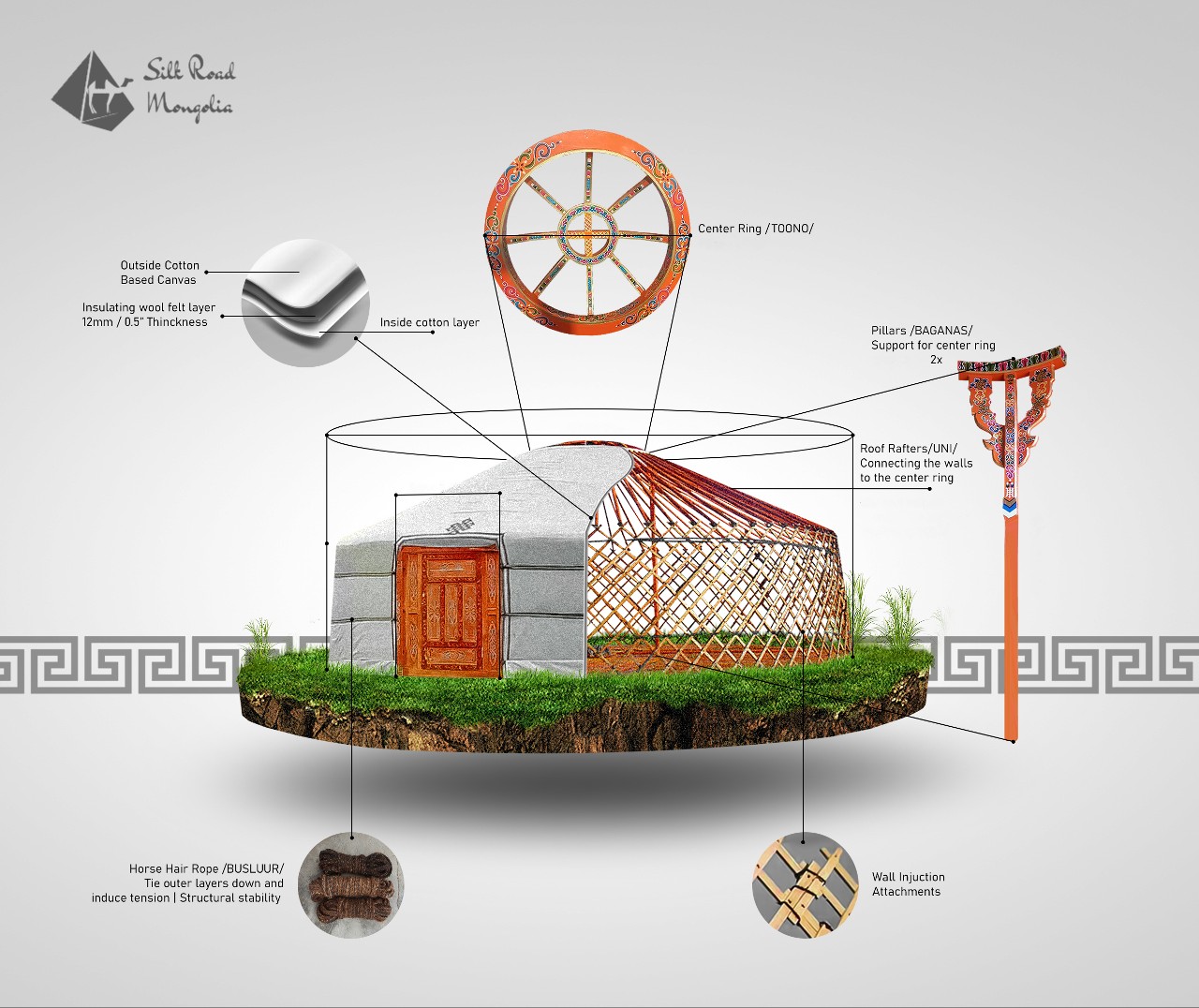
Interior Design Ideas
From recreational rooms, and backyard offices, to a luxury glamping yurt, the possibilities are endless!
Here are some ideas that might give you inspiration for the best use.






Frequently Asked Questions
About Mongolian Yurts
Learn more about Mongolian gers before you buy one. We provide the best info
when it comes to customization, culture and history of Mongolian yurts.
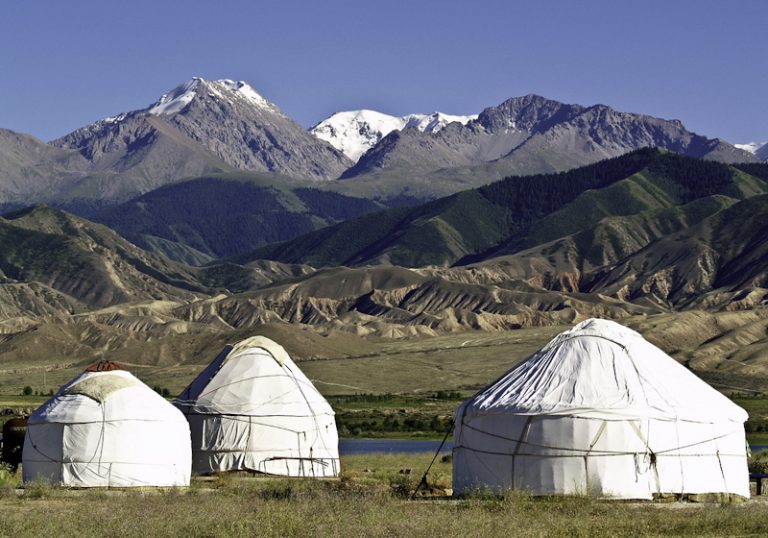
Mongolian, Kazakh, Kyrgyz Yurt Differences
In the vast landscapes of Mongolia, Kazakhstan, and Kyrgyzstan, the yurt stands as a profound symbol of culture, heritage, and nomadic tradition. Each canvas dwelling, be it the Mongolian Ger, Kazakh Yurt (Kiyiz), or Kyrgyz Yurt (Booz Yi), weaves a narrative unique to its cultural roots and historical evolution. As portable abodes resistant to the…
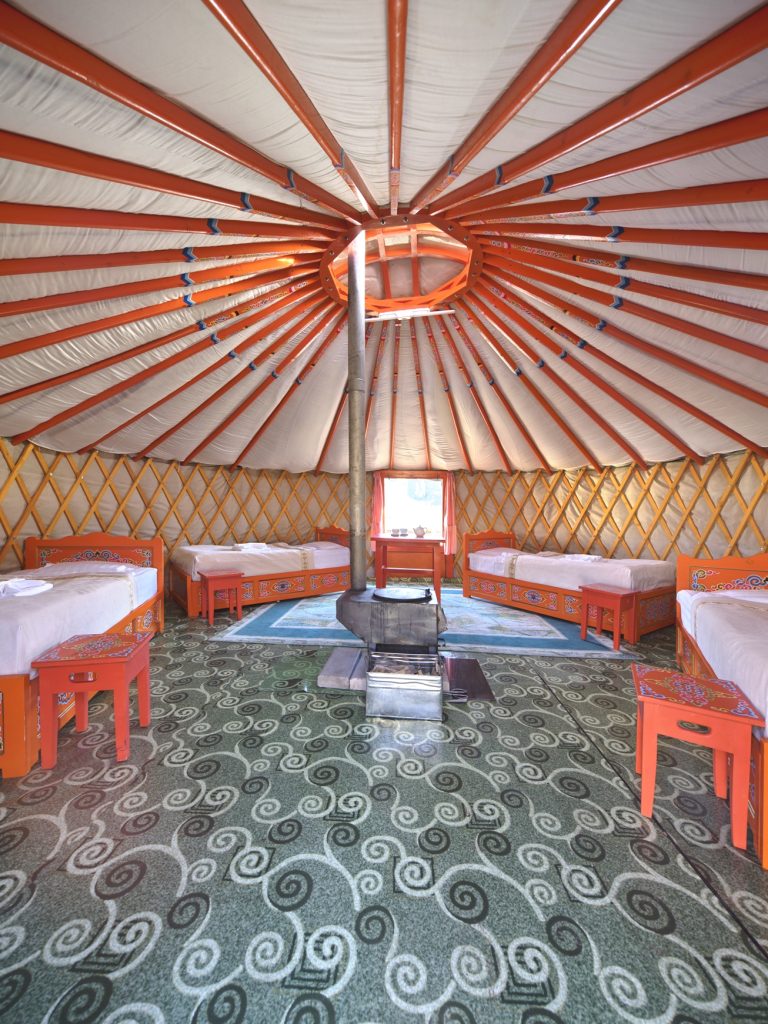
How Big Are Mongolian Yurts? (Square Meters / Feet)
Mongolian yurts, also known as gers, come in various sizes to accommodate different needs and preferences. The size of a yurt is typically described by its diameter, measuring from one side of the circular structure to the other. Here are some common sizes for Mongolian yurts: Generally, Mongolian yurts tend to be 19 square meters…
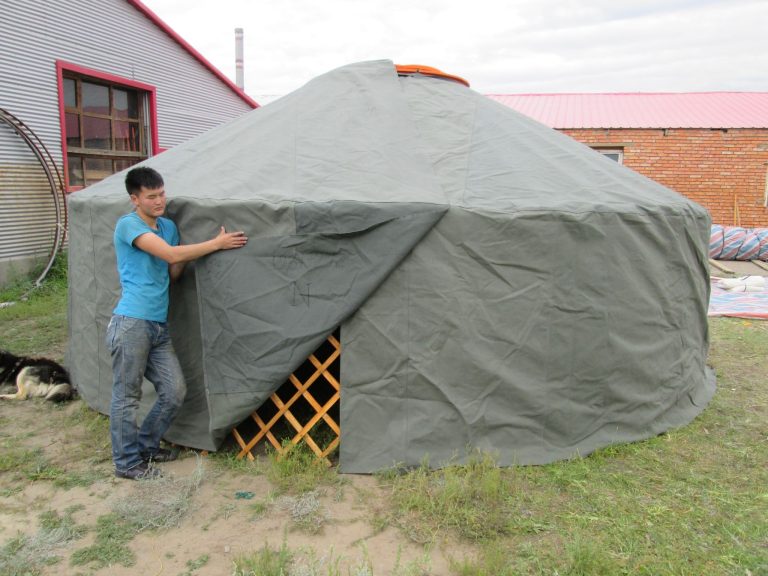
How to Build a Mongolian Yurt?
Keep in mind that yurt construction requires a team, and more hands for faster build. Preparation: Stage 1: Fitting the Door & Trellis: Stage 2: Wall Connection & Tying: Stage 3: Attaching Support Posts to the Crown: Stage 4: Inserting Roof Poles: Stage 5: Applying Felt and Waterproof Canvas Cover: Stage 6: Securing Lapels &…
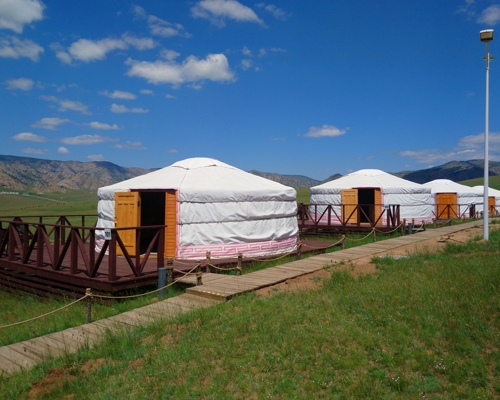
Why You Should Buy a Mongolian Yurt?
Budget-Friendly Owning a Mongolian yurt is a practical and budget-friendly housing choice, especially when compared to traditional construction. The materials used in yurt construction, such as wooden frames and felt coverings, are often locally sourced and relatively inexpensive. The circular design of the yurt maximizes space utilization, reducing the need for excess building materials. Additionally,…
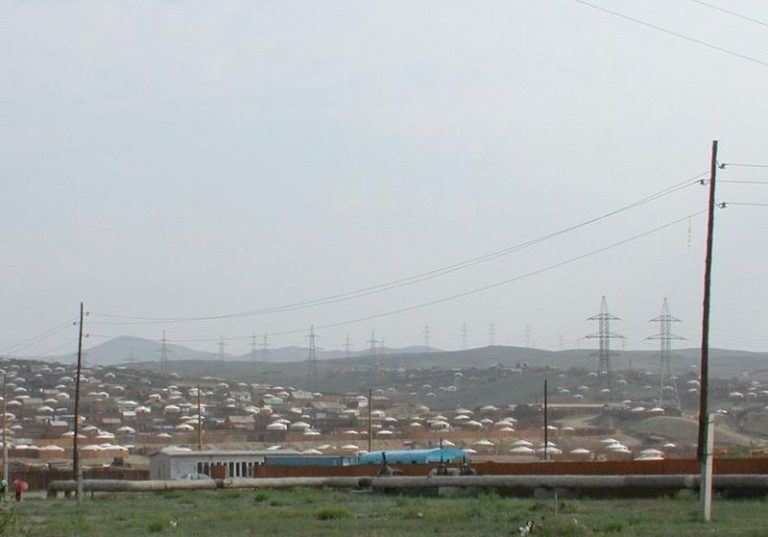
What is The Ger District of Ulaanbaatar?
The Ger district lies on the outskirts of Ulaanbaatar and is home to upwards of 60% of the capital city’s population. Migration to Ulaanbaatar has increased the population by 55% over the past fifteen years. Today, more than half of residents, over 850,000 people live in ger districts that mainly burn coal and wood to…
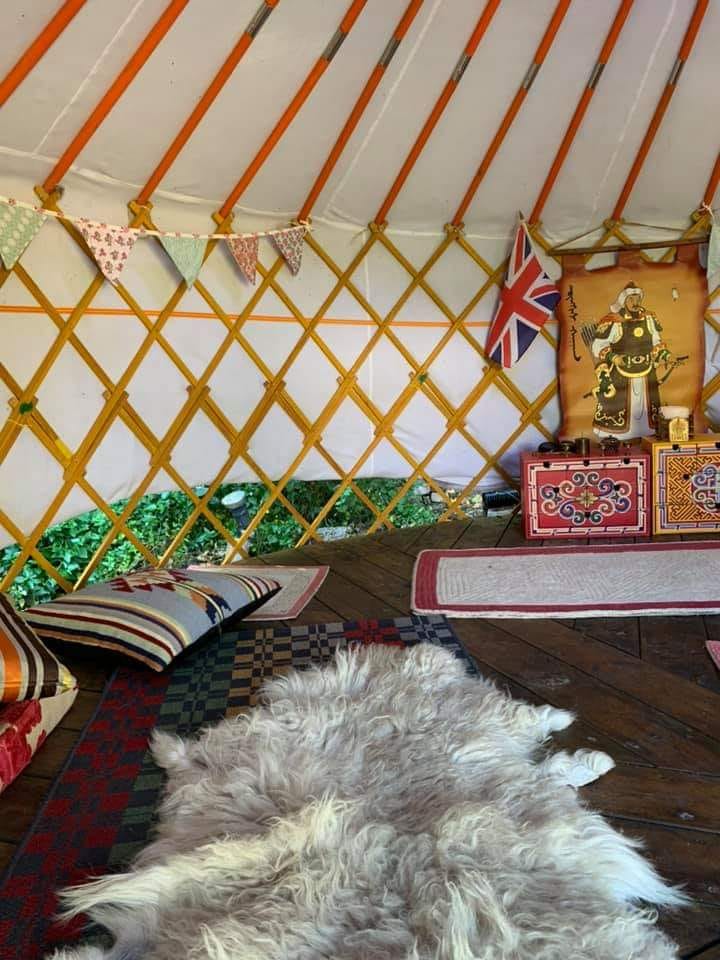
What is Inside a Mongolian Yurt?
A Mongolian Ger, also known as a yurt, encapsulates thousands of years of rich history and remains an integral part of Mongolian nomadic life. Its unique structure serves various purposes, creating a comfortable and practical home. The furniture inside the Ger, adorned with warm colors like orange, red, and brown, reflects extraordinary Mongolian cultures and…

